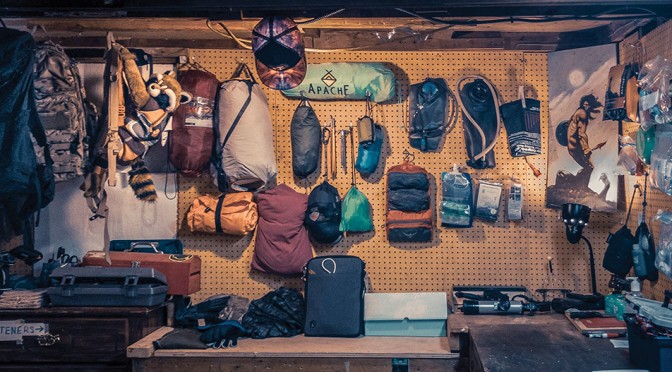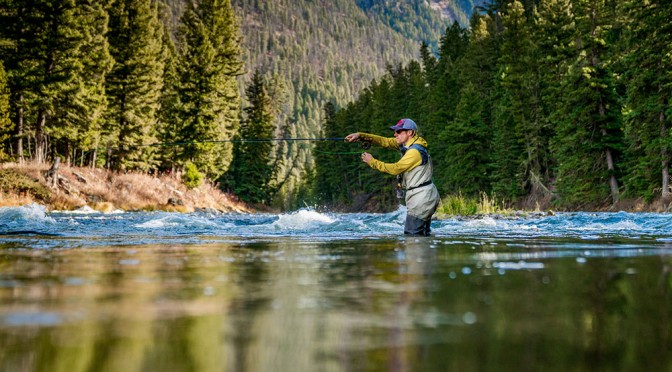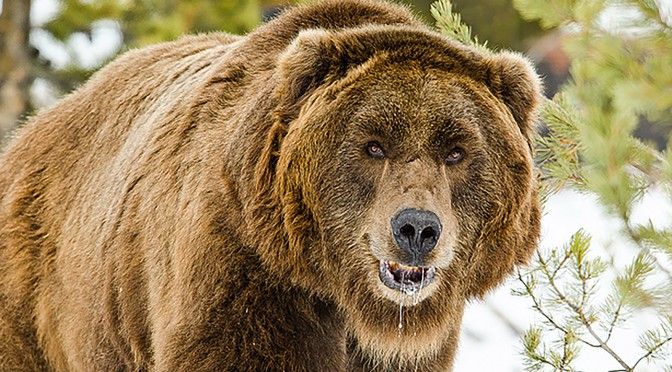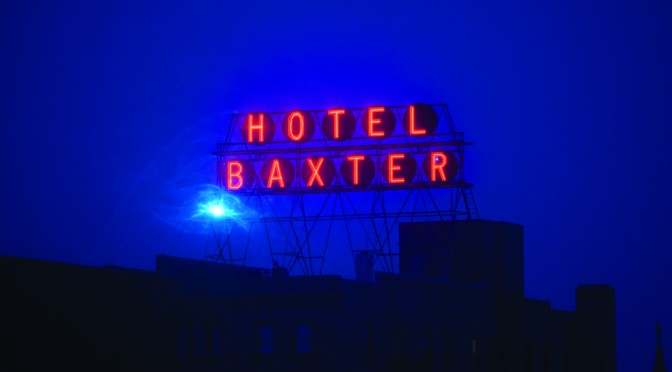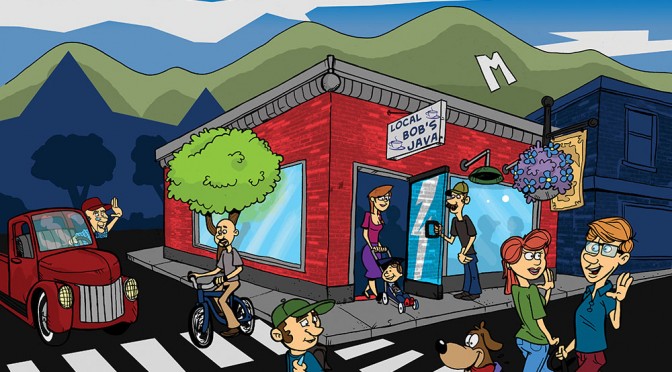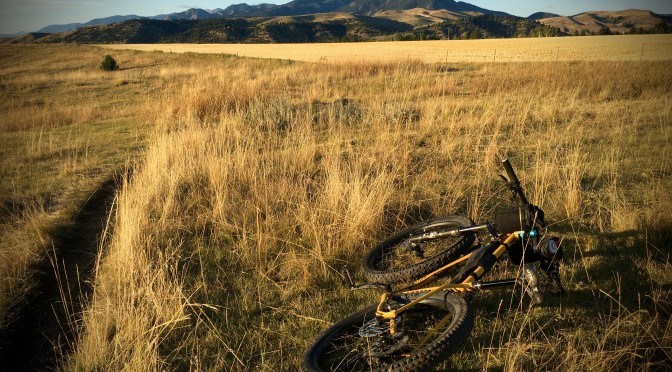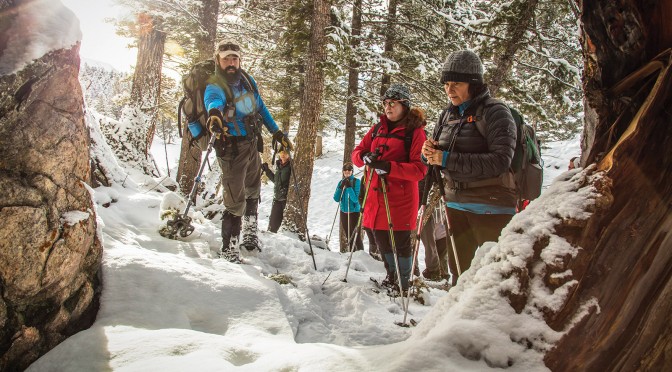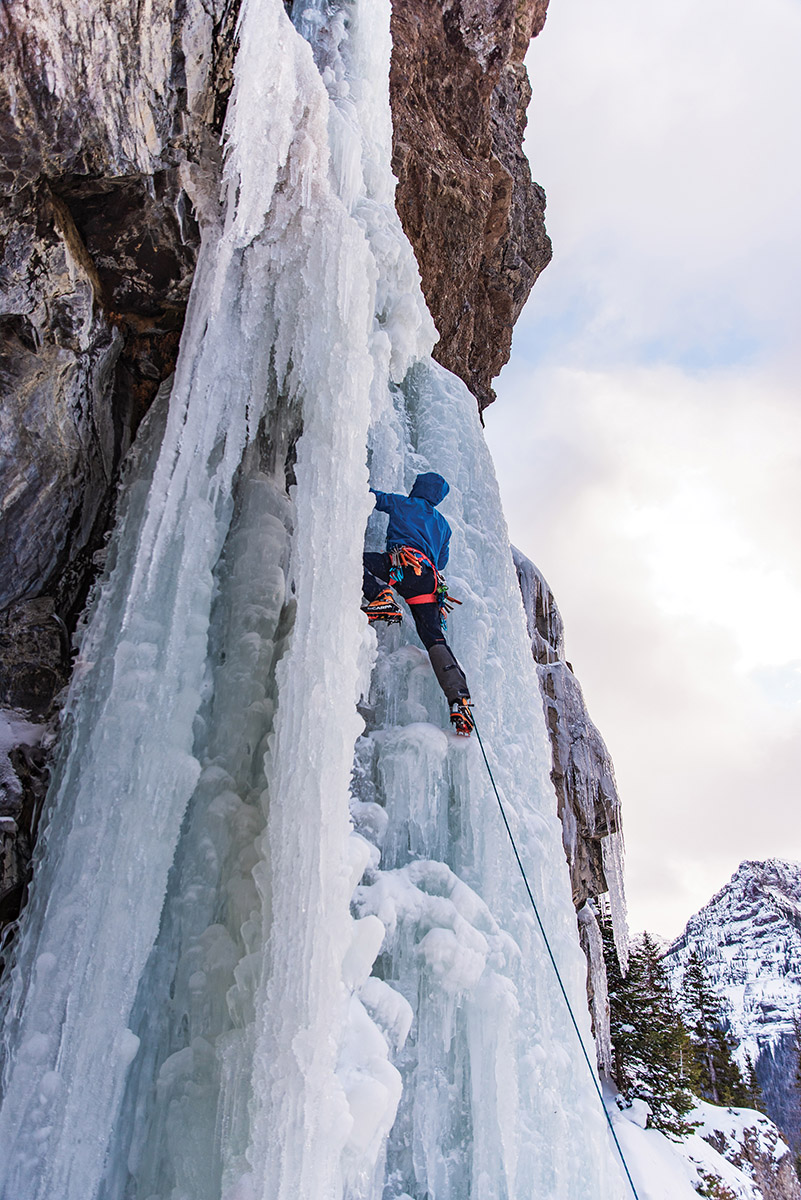by the editors
The Bozeman area has some of the best trout water in the world, and you have the privilege of being less than an hour from three world-renowned rivers, plus dozens of other fishing options. From alpine lakes in the backcountry to valley streams near town, southwest Montana is truly is an angler’s paradise.
If you’re new to the sport or the area, the first thing you’ll want to do is grab a copy of the Cast fishing guide. This local publication is crammed full of everything you need to know about fishing around here. With a little practice—and plenty of patience—you’ll be hooking into beefy browns and ‘bows in short order. Here’s some basic information to get you started.
Essential Gear
To the novice, the quantity, diversity, and variation—not to mention prices—of fishing gear can be overwhelming. Luckily, you don’t need to fill a whole garage with gear or take out a loan have fun and catch fish.
For fly fishing, you’ll need a rod, reel, line, leader, and tippet. A good 9-foot, 5-weight, fast-action rod should handle everything from lightweight dry flies to heavier streamers. Match it with a 5-weight reel and a WF5 (weight-forward 5-weight) fly line. A 9-foot 5X leader and a range of tippet material, from 2X-6X, should accommodate most scenarios. Confused? Don’t worry; it makes sense once it’s all in your hands.
Next, you’ll need waders and wading boots, especially if you plan to fish in late fall, winter, and/or early spring when the water temps are chilly. Be sure to use a wading belt so your waders don’t fill with water in the event of a slip. Polarized sunglasses are great for spotting fish.
Get a small chest-pack, butt-pack, or vest to keep your smaller gear, and organize your flies in a fly box or sleeve. Be sure to carry nippers for trimming line, floatant to keep your dry flies on top of the water, and pliers or forceps for removing hooks.
Spin anglers can keep it way simpler, with a medium or medium-light spinning rod, a light or medium spinning reel, and some 8-pound monofilament. Grab a few spoons and spinners and you’ll be catching fish in no time.
Where to Go
Hyalite Creek
The road to Hyalite Reservoir follows this creek and there are plenty of pullouts. Small rainbow trout are plentiful, and a well-presented dry fly—or a small spinner pulled through a pool—will almost certainly entice a strike. For slightly larger fish, head up to the reservoir.
Gallatin River
The valley’s namesake waterway is a great option, thanks to its abundant public access, proximity to town, and high numbers of fish. Whether you fish the upper river in Gallatin Canyon or the lower section out in the valley, take the time to walk a ways away from your car for better, more peaceful fishing. The lower stretch holds larger fish and can provide good dry-fly fishing, especially on cloudy days. Cameron Bridge, Axtell Bridge, and Williams Bridge are all great starting points. Further south, Hwy. 191 follows the river through the canyon on the way to Big Sky and numerous pullouts access the river. Spin fishermen can find plenty of action from the mouth of the river all the way to its terminus at Headwaters State Park.
Lower Madison River
Head west and reach the fish-filled Lower Madison in less than 30 minutes. Wade in at any one of the dozens of pull-outs and work the shallow river, focusing on channels, pocket-water, and weedbeds. Although this section of river is not the best for dry flies, nymphing can be productive. Spoons and spinners tend to get hung up on weeds, but careful casts can produce fish. If you’re after voluminous small rainbows and the occasional big brown, the Lower’ Madison’s your spot.
Catch & Release
On most Bozeman-area waterways, it’s perfectly legal—and moral—to keep a few fish for supper; however, catch-and-release fishing is the norm around here. Problem is, the ethic only works if you do it right—and many people don’t. If you’re going to throw your catch back, make sure to follow the rules, so that it doesn’t go belly-up a few hours later.
- Play fish quickly: land your fish as quickly as possible and don’t play it to exhaustion.
- Use a landing net: it reduces the time required to land a fish and keeps it from thrashing about; try to use one made of a soft, smooth material.
- Dunk your mitts: always wet your hands before handling a fish: dry fingers damage a fish’s protective slime layer.
- Avoid the gills: gill filaments are sensitive and easily injured.
- Remove the hook quickly: use forceps or needle-nose pliers for small or deeply-embedded hooks.
- Keep ‘em wet: a wet fish is a happy fish. You can lift it up for a quick photo, but only for a few seconds; otherwise, keep it submersed.
- Cut ‘em loose: when you can’t remove a hook quickly or cleanly, cut the line as close to the knot as possible.
- Release with care: hold the fish upright underwater and allow it to swim away under its own power; if necessary, hold the fish out of the current until it revives.
- Bag the bleeders: bleeding fish will almost certainly die; if regulations allow, put them in your creel and enjoy an organic, free-range supper.
Events
The fishing calendar is full year-round, but certain events are crowd favorites. Below are a few highlights; for more, check out outsidebozeman.com/events.
Fly Tying
Several shops in the area offer free classes, so you’ll be whipping up Wooly Buggers in no time. Among others, check out Sweetwater Fly Shop for Tuesday evening Open Vise Night and Willie’s Distillery in Ennis for Bugs & Bourbon on Wednesdays.
Second Wednesday, Monthly
Madison-Gallatin Trout Unlimited Meetings – Bozeman. Good fishing starts with healthy rivers and healthy trout populations. Learn more about how TU is ensuring both locally. mgtuorg.
February
TroutFest Banquet – Bozeman. The Madison-Gallatin chapter of Trout Unlimited hosts its annual fundraiser every February. The local TU chapter is instrumental in fighting for access, keeping rivers clean, and keeping trout healthy. mgtu.org.
May
Chica de Mayo – Bozeman. Join the River’s Edge for this females-only celebration of all things fly fishing. theriversedge.com.
June
Gallatin River Festival – Bozeman. Celebrate the waterway we all love with neighbors, friends, and fellow fishing fanatics. All proceeds go toward ensuring the Gallatin stays clean, cold, and clear for generations to come. gallatinrivertaskforce.org.
August
Fly Fishing & Outdoor Festival – Ennis. If you fish, odds are you’ll be spending lots of time in Ennis, about an hour southwest of Bozeman. Celebrate the end of summer with vendors, fly-tying demos, casting clinics, and more. ennischamber.com.
September
TwoFly Benefit – Bozeman. At the end of the summer, 30-some boats set out with 60-some donors, slinging their favorite two flies in support of the Museum of the Rockies. A fun event for a great cause: our local museum. museumoftherockies.org.
Editor’s note: Dates are subject to change based on weather and other factors. For the most updated information, visit outsidebozeman.com/events.

